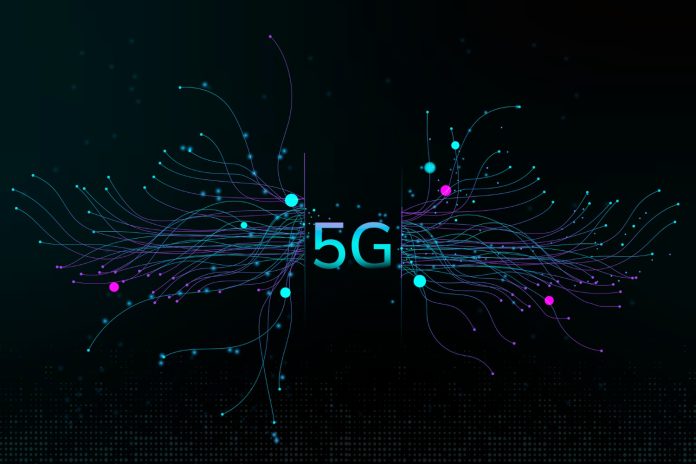The advent of 5G technology heralds a new era of communication and connectivity, promising faster speeds, lower latency, and greater capacity than ever before. As this transformative technology continues to expand globally, its impact is being felt across industries, from healthcare and transportation to entertainment and education. In this blog, we will delve into the profound implications of 5G on communication and connectivity, exploring how it is reshaping the way we live, work, and interact with the world around us.
In this blog, we will delve into the myriad applications of 5G across industries, explore the transformative potential of this groundbreaking technology, and examine the critical issues that must be addressed to realize its promise fully. Join us on a journey into the future of communication and connectivity, powered by the revolutionary capabilities of 5G technology.
Trivia and Facts
5G, or the fifth generation of wireless technology, represents a significant leap forward from its predecessors, including 4G LTE. With speeds up to 100 times faster, 5G unlocks a wealth of possibilities for innovation and progress. Its lower latency ensures near-instantaneous communication, essential for applications that demand real-time responsiveness, such as autonomous vehicles and remote surgeries. Additionally, its greater capacity enables the seamless integration of billions of connected devices, ushering in the era of the Internet of Things (IoT) and smart cities.
The benefits of 5G are manifold, offering not only faster download and upload speeds but also paving the way for revolutionary new experiences. From high-definition video streaming to immersive augmented and virtual reality applications, 5G unleashes a world of possibilities that were previously beyond reach. Moreover, its lower latency and greater reliability open the door to transformative advancements in telemedicine, remote education, and industrial automation, enhancing productivity, efficiency, and accessibility across sectors.
As we navigate the complexities of an increasingly interconnected world, the potential of 5G to drive innovation and economic growth cannot be overstated. However, with great power comes great responsibility, and it is essential to address the challenges and considerations that accompany the widespread adoption of 5G technology. From ensuring cybersecurity and privacy protections to bridging the digital divide and addressing potential health concerns, stakeholders must collaborate to harness the full potential of 5G while mitigating any adverse impacts.
What is 5G?
5G is the fifth generation of wireless technology, succeeding 4G LTE. It promises to deliver significantly faster speeds, lower latency, and greater capacity than previous generations, enabling a wide range of new applications and services.
The Benefits of 5G
Faster Speeds
- 5G offers speeds up to 100 times faster than 4G LTE, allowing for near-instantaneous downloads and uploads.
- This increased speed enables new experiences such as high-definition video streaming, augmented and virtual reality applications, and real-time gaming.
Lower Latency
- 5G has significantly lower latency than previous generations, reducing the delay between sending and receiving data.
- This low latency is crucial for applications that require real-time communication, such as autonomous vehicles, remote surgery, and industrial automation.
Greater Capacity
- 5G networks can support a larger number of connected devices simultaneously, enabling the Internet of Things (IoT) to reach its full potential.
- This increased capacity allows for more devices to be connected, leading to smarter cities, homes, and workplaces.
Applications of 5G
Healthcare
- 5G enables remote patient monitoring, telemedicine, and virtual consultations, improving access to healthcare services.
- It also supports the development of wearable devices and sensors that can monitor health metrics in real-time.
Smart Cities
- 5G is essential for the development of smart cities, enabling connected infrastructure, intelligent transportation systems, and efficient energy management.
- It also supports the deployment of smart grids, which can improve energy efficiency and reduce carbon emissions.
Industry 4.0
- 5G is driving the adoption of Industry 4.0 technologies such as robotics, automation, and artificial intelligence.
- It enables real-time monitoring and control of manufacturing processes, leading to increased efficiency and productivity.
The Future of 5G
5G and Beyond
- While 5G is still being deployed, researchers and engineers are already looking ahead to the next generation of wireless technology, often referred to as 6G.
- 6G is expected to offer even faster speeds, lower latency, and greater capacity than 5G, opening up new possibilities for communication and connectivity.
Inference
The impact of 5G technology on communication and connectivity is profound. We are offering faster speeds, lower latency, and greater capacity than ever before. As 5G networks continue to expand. They will enable a wide range of new applications and services that will transform. The way we live, work, and interact with the world around us. From healthcare and smart cities to industry 4.0, the possibilities of 5G are endless, and the future is exciting.























